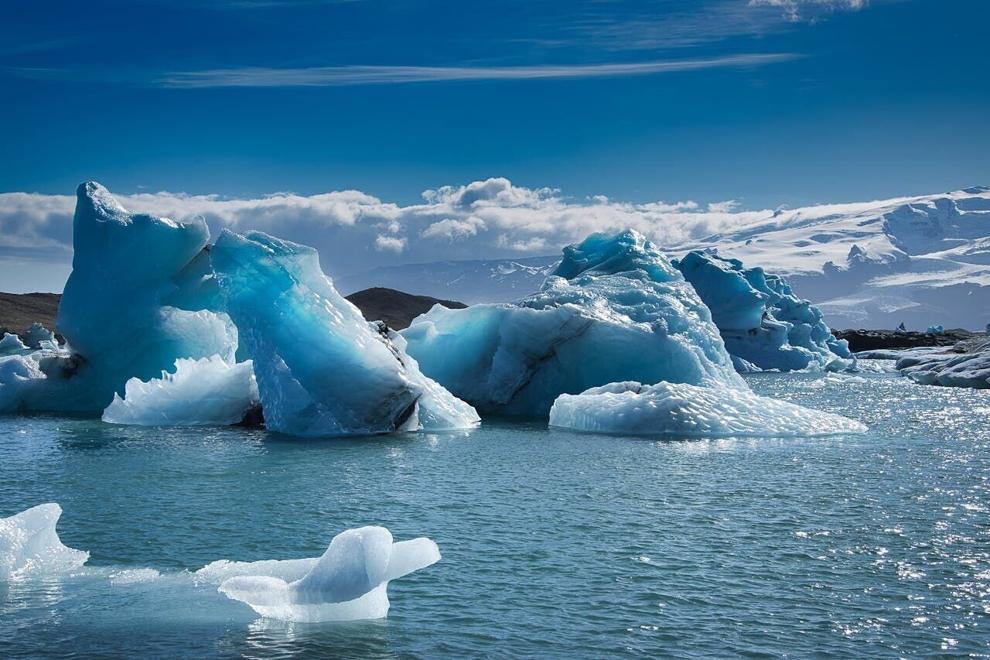Ocean currents can accelerate the melting of the Antarctic ice shelf and lead to significant sea level rise
A new study published in Nature Communications has found that the interaction between meandering ocean currents and the seafloor induces upwelling that transports warm water to shallower depths. This mechanism is a major contributor to the melting of the Amundsen Sea ice shelf in West Antarctica. These ice shelves are rapidly destabilizing and contributing to sea level rise.
Led by Taewook Park and Yoshihiro Nakayama, an international team of researchers from the Korea Polar Research Institute, Hokkaido University and Seoul National University used advanced ocean modeling techniques to study the forces underlying the rapid melting of ice shelves.
Previous hypotheses linked ice shelf melting primarily to winds over the Southern Ocean, but this study highlights the important role that interactions between meandering ocean currents and the seafloor play in driving the melting process.
It’s not the wind, it’s the currents
The Pine Island and Thwaites ice shelves are among the most rapidly changing ice shelves in Antarctica and are of particular interest due to their vulnerability to warming seawater. They act like giant barriers that prevent the glaciers behind them from flowing into the ocean. However, its rapid melting and possible collapse pose a significant threat to coastal communities around the world due to the resulting rise in global sea levels.
The study focused on the role of a layer of warm water beneath the cold surface water, known as “modified circumpolar deep water,” in melting these ice shelves from below. “The intensity and trajectory of the ocean currents around the ice shelves directly determine the influx of warm water and thus the rate of melting,” explains Taewook. “This demonstrates the importance of the ocean in understanding and addressing the impacts of climate change.”
The researchers paid attention to the “thermocline depth,” which is the depth of the interface between warmer deep water and colder surface water. Variations in the depth of the thermocline have a significant impact on the influx of warm water to ice shelves. Until now, it was assumed that increasing westerly winds north of the Amundsen Sea were driving ocean currents along the shelf crack and thus transporting warmer water into the cavities in the ice shelf. This phenomenon is particularly pronounced during El Niño events.
“Our results challenge conventional wisdom,” says Nakayama. “Our study shows that the interaction between meandering ocean currents and the seafloor creates an upwelling velocity that pushes hot water to shallower depths. This warm water then reaches the ice-ocean interface and accelerates the melting of the ice shelf. Nakayama concludes: “This process within the ocean that is driving ice shelf melting represents a novel concept.” “With this in mind, we need to re-evaluate the winds that are driving ice loss in Antarctica in the future could significantly influence forecasts.”
REFERENCE
The circulation in the Amundsen Sea controls bottom upwelling and melting of the Antarctic Pine Island and Thwaites ice shelves
